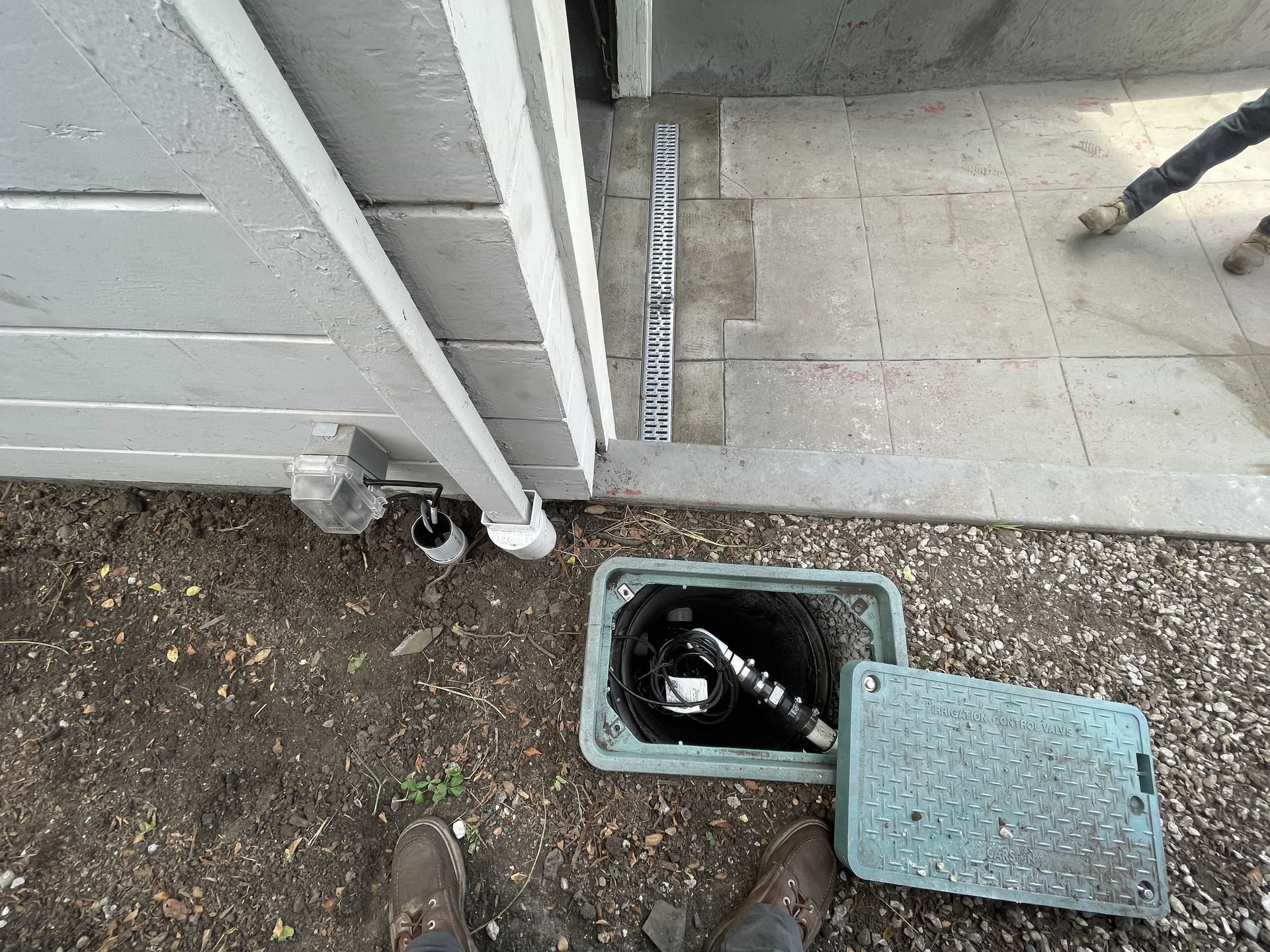Smarter Water Management: How Smart Drainage Technology Protects Properties and Infrastructure
Water management has always been essential for protecting properties, roads, and entire communities. Traditional drainage systems - gutters, storm drains, and pipes - work well in many cases but are often reactive rather than proactive. With climate change bringing more frequent heavy rain, flooding, and unpredictable weather, property owners and municipalities are turning toward smart drainage technology.
This new approach combines sensor-based monitoring, automation, and data-driven systems to improve how water is controlled, stored, and released. Smart drainage technology not only reduces flood risk but also improves sustainability, saves maintenance costs, and protects infrastructure over the long term.
What Is Smart Drainage Technology?
Smart drainage technology refers to systems that use sensors, real-time monitoring, and automated controls to manage stormwater more effectively. Instead of waiting for flooding or backups to occur, these systems detect water levels, flow rates, and soil saturation instantly, and then adjust drainage infrastructure accordingly.
Examples include:
- IoT-enabled drainage sensors in pipes or soil.
- Smart storm drains that open or close based on rainfall data.
- Automated retention basins that release water gradually.
- Cloud-based platforms that analyze data and send alerts to property managers.
Why Smart Drainage Matters
Traditional drainage often works until extreme conditions overwhelm it. For example, an undersized drain may back up during heavy storms, or clogged pipes may go unnoticed until flooding occurs. Smart drainage addresses these weaknesses by adding visibility and automation.
Key benefits include:
- Early detection of problems – Sensors detect blockages or rising water before flooding occurs.
- Efficient water use – Rainwater can be redirected for irrigation or groundwater recharge.
- Reduced maintenance costs – Automated monitoring reduces the need for frequent manual inspections.
- Climate resilience – Systems adapt to more intense rainfall patterns and storm events.
Core Components of Smart Drainage Technology
1. Sensor Networks
Small sensors measure water flow, pressure, and levels inside drains and pipes. Soil moisture sensors can also detect saturation levels around buildings or fields.
- Flow sensors monitor how fast water is moving.
- Level sensors track how much water is in the system.
- Quality sensors detect pollutants or debris that may clog systems.
2. Internet of Things (IoT) Connectivity
These sensors transmit data through IoT networks. Using wireless connectivity and cloud platforms, property managers can see system conditions in real time. Alerts are sent to mobile apps or control rooms when unusual conditions are detected.
3. Automated Control Systems
Smart drainage includes actuators and valves that can automatically adjust flow. For example:
- Smart gates open to release water into retention ponds.
- Pumps activate only when needed, reducing energy waste.
- Flood barriers deploy automatically when sensors detect high water levels.
4. Data Analytics and Predictive Modeling
The data collected isn’t just for immediate action - it also helps forecast future risks. Using predictive analytics, smart drainage systems can:
- Estimate how rainfall will affect drainage capacity.
- Identify high-risk areas for future flooding.
- Schedule preventative maintenance before problems occur.
Applications of Smart Drainage Technology
Residential Properties
- Preventing basement flooding with smart sump pumps.
- Directing rainwater for garden irrigation.
- Detecting clogged gutters or drains before damage occurs.
Commercial Buildings
- Managing large parking lot runoff with automated drains.
- Monitoring roof drainage systems on warehouses or malls.
- Integrating with building management systems for efficiency.
Municipal Infrastructure
- Reducing urban flooding with smart storm drains.
- Managing combined sewer overflows more effectively.
- Using real-time data to coordinate emergency response during heavy storms.
Agriculture and Landscapes
- Smart field drainage prevents crop damage from waterlogging.
- Controlled water release supports irrigation schedules.
- Soil moisture sensors optimize water conservation.
Sustainability and Environmental Benefits
Smart drainage technology supports sustainable water management by aligning with environmental goals.
- Water reuse: Collected stormwater can be redirected for non-potable uses.
- Pollution control: Sensors detect contaminants early, protecting rivers and streams.
- Erosion reduction: Controlled release of water reduces soil erosion.
- Energy savings: Automated pumps run only when necessary.
These benefits make smart drainage valuable not only for property protection but also for long-term ecological balance.
Future Trends in Smart Drainage
- AI integration for smarter decision-making.
- Blockchain applications for transparent water usage records.
- Self-cleaning drains using advanced materials to reduce clogs.
- 5G-enabled drainage monitoring for faster data transmission.
As smart cities expand, drainage will be a central component of resilient, adaptive infrastructure.
FAQs
1. How does smart drainage differ from traditional drainage?
Traditional systems rely on fixed pipes and gravity, while smart drainage systems use sensors, automation, and data analytics to actively monitor and manage water flow.
2. Can smart drainage prevent basement flooding?
Yes. Smart sump pumps and water level sensors can detect rising groundwater and pump it out before it floods basements.
3. Is smart drainage only for large-scale projects?
No. While municipalities use it for stormwater management, homeowners and businesses also benefit from smaller systems like sensor-equipped drains, automated pumps, and rainwater reuse systems.
4. How much maintenance do smart drainage systems require?
They require less manual maintenance because sensors detect clogs or failures early. However, routine checks of sensors, batteries, and mechanical components are still necessary.
5. What is the biggest benefit of smart drainage technology?
The main benefit is proactive flood prevention - detecting and addressing issues before water damage occurs. Secondary benefits include sustainability, lower costs, and improved infrastructure resilience.
Conclusion
Smart drainage technology is reshaping how we manage water in residential, commercial, agricultural, and municipal settings. By combining sensors, IoT connectivity, automation, and data analytics, these systems create safer, more sustainable, and cost-efficient solutions to water challenges.
As weather patterns grow more unpredictable, adopting smart drainage will become essential for protecting property, reducing flood risk, and supporting environmentally responsible water use. Investing in these technologies today lays the groundwork for resilient infrastructure tomorrow.

